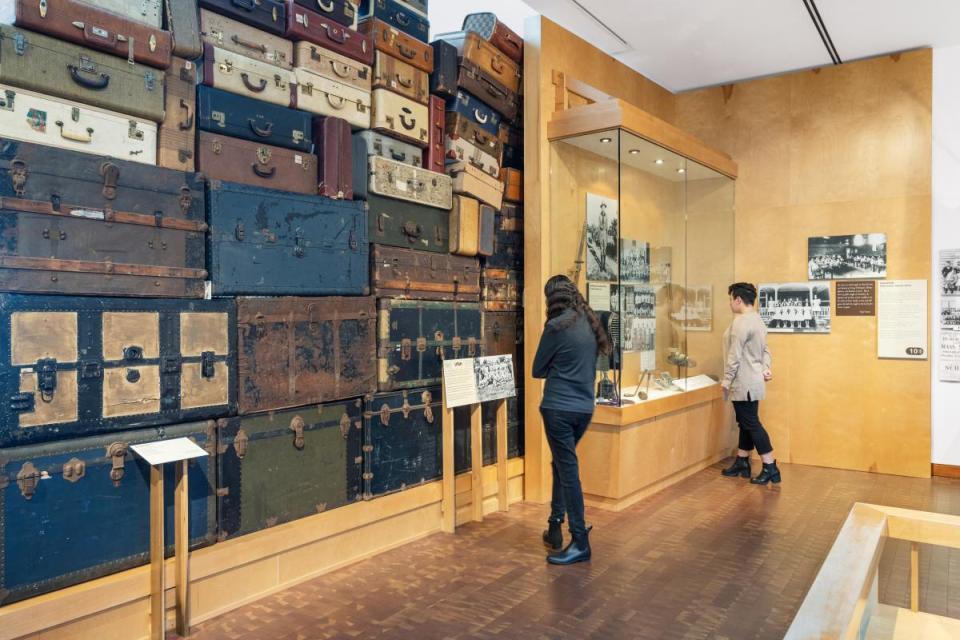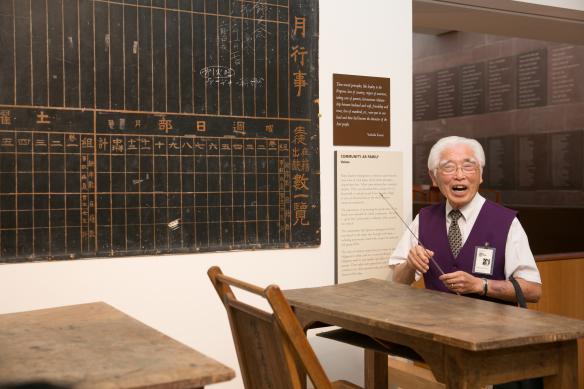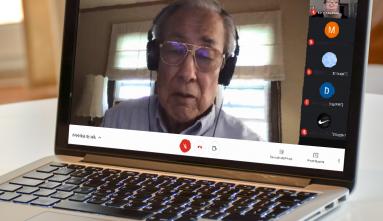
Group Visits

Sharing the richness of the Japanese American experience
Our on-site group visits will resume in late 2026 following JANM’s exciting Pavilion renovation. In the meantime, we invite you to explore our Virtual Visits and JANM on the Go offerings.

Virtual Visits
Virtual visits use video conferencing technology to engage visitors and students in conversations surrounding JANM’s collections.These visits offer a new way to make sure that the important lessons of history are not forgotten.

JANM on the Go
From special exhibitions and public programs to family festivals, education programs, and more, find out how JANM on the Go is coming to a community near you!
